Steel Markets
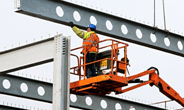
AGC: Prices for Key Construction Materials Continue to Rise
Written by Tim Triplett
September 10, 2021
The prices contractors pay for construction materials continued to increase in August, while many firms reported struggles to get those materials delivered on time, according to an analysis of government data by the Associated General Contractors of America. AGC urged Washington officials to address the challenges affecting the entire supply chain and driving the price escalations.
“July was the seventh-straight month of double-digit price increases for construction inputs,” said Ken Simonson, the association’s chief economist. “Adding to the challenge, contractors are struggling to pass along even a fraction of these added costs to their clients.”
The producer price index for new nonresidential construction – a measure of what contractors say they would charge to erect five types of nonresidential buildings – rose 5.6% over the past 12 months. That was little more than a quarter of the 20.6% increase in the prices that producers and service providers such as distributors and transportation firms charged for construction inputs, Simonson noted.
There were double-digit percentage increases in the selling prices of materials used in every type of construction, AGC said. The producer price index for steel mill products increased by 123% compared to last August. The index for lumber and plywood jumped 15.9% during the past 12 months. The index for copper and brass mill shapes rose 45.3% and the index for aluminum mill shapes increased 35.1%. The index for plastic construction products rose 29.6%. The index for gypsum products such as wallboard climbed 22.9%. The index for insulation materials rose 17.2%, while the index for prepared asphalt and tar roofing and siding products rose 15.8%.
In addition to increases in materials costs, transportation and fuel costs also spiked. The index for truck transportation of freight jumped 14.1%. Fuel costs, which contractors pay directly to operate their own trucks and off-road equipment, as well as through surcharges on freight deliveries, also jumped.
A survey of construction firms the association released last week found that most contractors were experiencing delays in shipments of many types of construction materials. AGC urged the Biden administration and Congress to take steps to improve the supply chain and address price inflation, including removing tariffs on key construction materials.
“Contractors are having to pay more for materials even as it becomes harder to predict when those supplies will show up,” said Stephen E. Sandherr, the association’s chief executive officer. “Removing needless measures that are artificially inflating the cost of key materials, such as tariffs, will help employers who are struggling to cover the costs of inflation and uncertainty.”
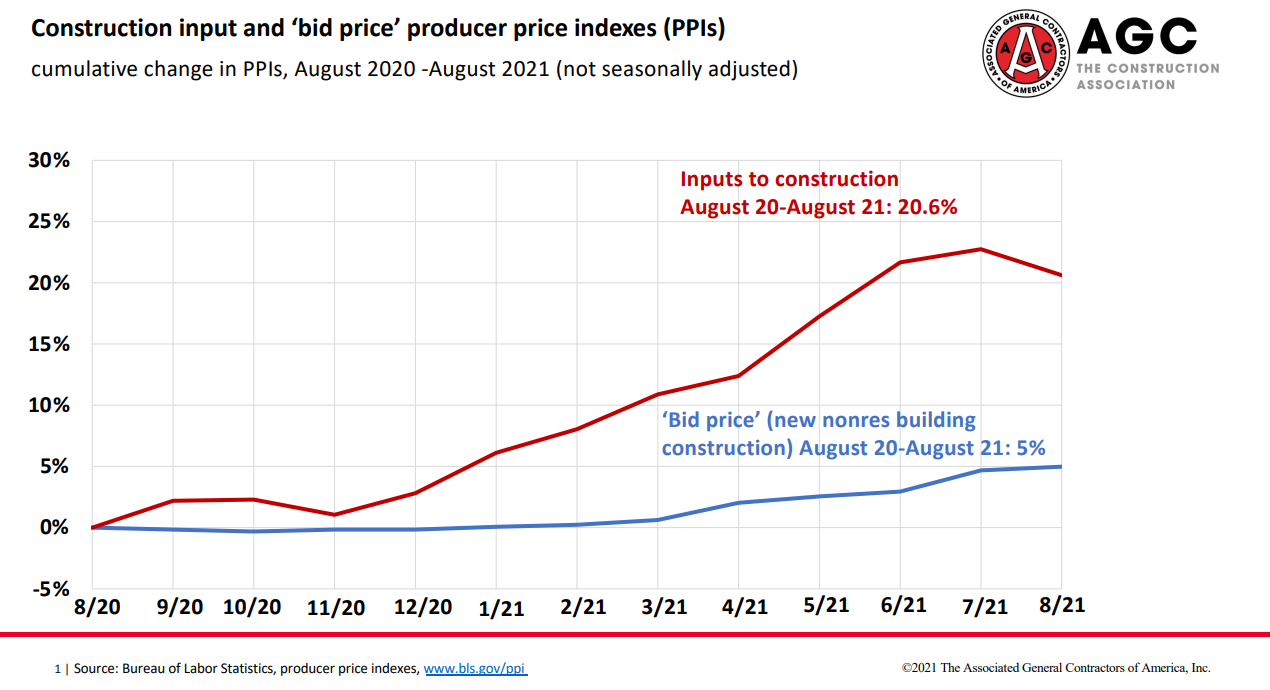

Tim Triplett
Read more from Tim TriplettLatest in Steel Markets
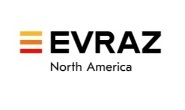
USW cheers Evraz NA agreement with Atlas Holdings
The United Steelworkers (USW) labor union celebrated recent news of the signed agreement between Atlas Holdings and Evraz NA in which the Connecticut-based private equity company said it plans to acquire North America’s Evraz facilities.
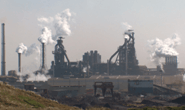
Steel buyer spirits tempered by soft spot market conditions
Steel sheet buyers report feeling bogged down by the ongoing stresses of stagnant demand, news fatigue, tariff negotiations or implementation timelines, and persistent macroeconomic uncertainty.
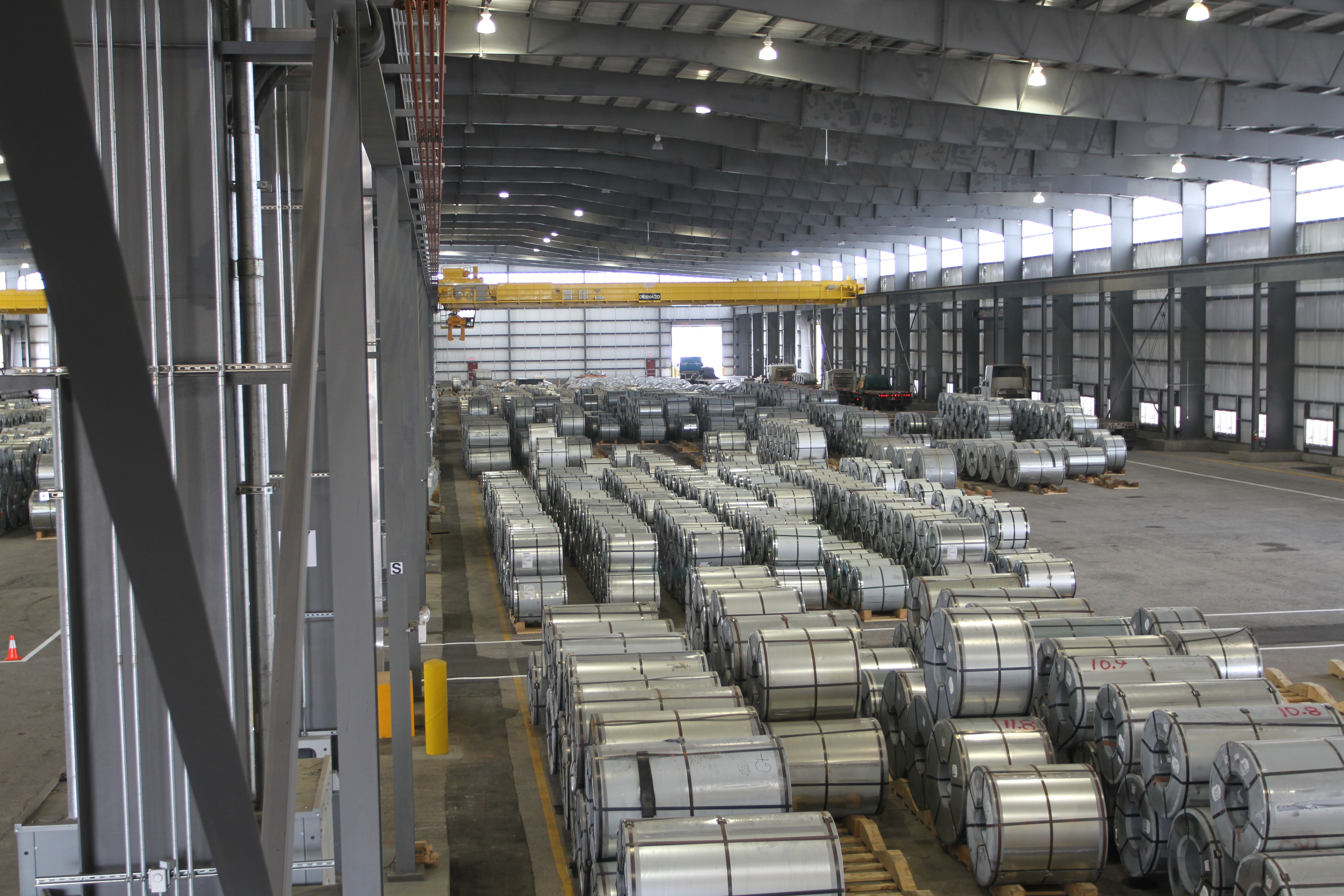
Hot-rolled coil buyers continue seeking certainty
Steel market participants contend that buyers will remain in “wait-and-see" mode until some market stability is restored.
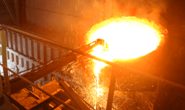
Latin American steel advocates warn on cheap import flood
Subsidized Chinese steel imports and cheap steel products from Association of Southeast Asian Nations (ASEAN) entering Latin American (LATAM) are threatening the region's steel market.

CRU: Steel prices fall amid global demand weakness
The forceful headwinds bearing down on steel markets across the globe have created demand challenges and sent prices southward. The US, however, challenged the global trend.
